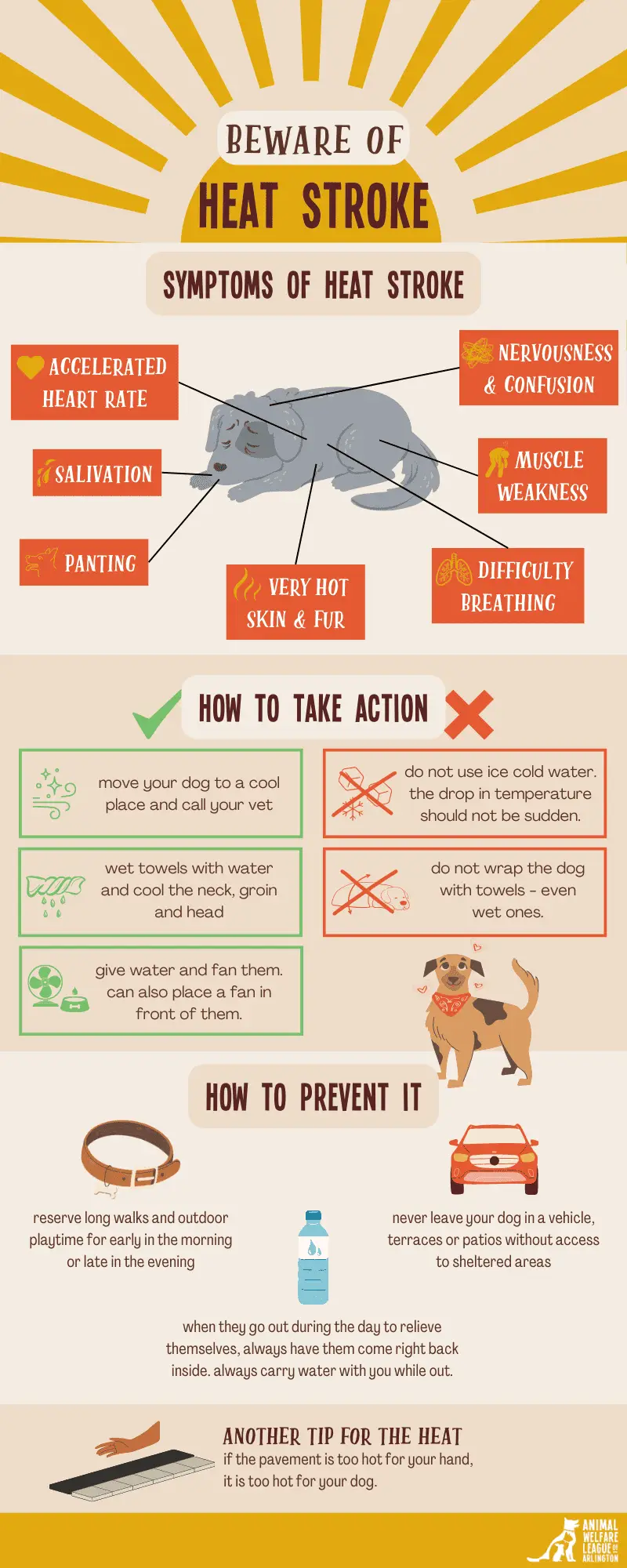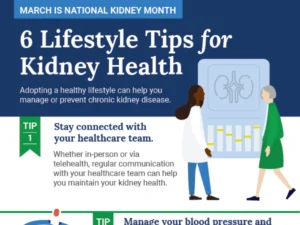As temperatures rise, it’s crucial to be aware of the risks that heat poses to our furry friends. Heat stroke in dogs is a serious condition that can quickly become life-threatening. This article outlines the symptoms of heat stroke, immediate actions to take, and preventive measures to keep your dog safe and healthy during hot weather.

Symptoms of Heat Stroke in Dogs
Recognizing the signs of heat stroke early can make a significant difference. Common symptoms include:
Accelerated Heart Rate: An unusually fast heartbeat.
Salivation: Excessive drooling or salivating.
Panting: Heavy and continuous panting.
Very Hot Skin and Fur: The dog’s body feels excessively warm to the touch.
Nervousness and Confusion: Disorientation and inability to focus.
Muscle Weakness: Difficulty standing or walking.
Difficulty Breathing: Labored or rapid breathing.
If you notice any of these symptoms in your dog, it’s crucial to take immediate action.
How to Take Action
If your dog shows signs of heat stroke, follow these steps to help them cool down safely:
Move to a Cool Place: Immediately take your dog to a cooler environment and call your vet for guidance.
Wet Towels: Use water-soaked towels to cool the dog’s neck, groin, and head. Avoid using ice-cold water as a sudden temperature drop can be harmful.
Provide Water and Ventilation: Offer your dog small amounts of water to drink and also use a fan to help cool them down. Placing a fan in front of them can also help as well.
Avoid these actions:
Do not use ice-cold water on your dog.
Do not wrap your dog in towels, even if they are wet.
Preventing Heat Stroke
Prevention is always better than cure. Here are some tips to help prevent heat stroke in dogs:
Timing of Walks: Schedule walks and outdoor playtime for early in the morning or late in the evening when it’s cooler.
Avoid Hot Environments: Never leave your dog in a vehicle, on terraces, or patios without access to shaded areas.
Regular Breaks: When outside during the day, ensure your dog has regular breaks in a cool place and access to water. Always bring water with you when you go out.
Test the Pavement: If the pavement is too hot for your hand, it’s too hot for your dog’s paws.
By being vigilant and also taking these precautions, you can also help your dog enjoy the summer safely and comfortably.







![Miracle In Cell No.7 [Infographic]](https://samplevisualization.com/wp-content/uploads/2013/03/Miracle-In-Cell-No.7-Infographic-feature-300x225.webp)
![Interesting Facts About Languages Of The World [InfoGraphic]](https://samplevisualization.com/wp-content/uploads/2013/11/Interesting-Facts-About-Languages-Of-The-World-InfoGraphic-feature-image-300x225.webp)

